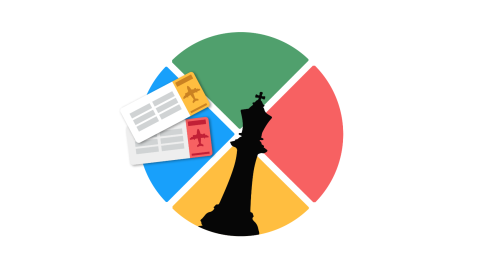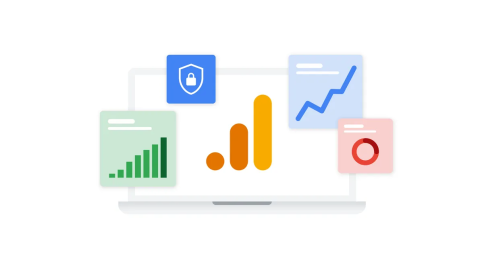What are UX and UI, and how do they impact SEO?

What are UX and UI, and how do they affect SEO?
UX (User Experience) refers to how a user interacts with a website. It encompasses the ease of navigation, how quickly users can find the information they need, and how enjoyable their experience is on the site. UX optimization isn't just about creating visually appealing designs but also about focusing on functionality.
UI (User Interface), on the other hand, deals with the visual elements users interact with, such as buttons, menus, and other interface tools. UI determines how users perceive the site and how easily they can use the tools provided. A well-designed UI helps users interact effectively and effortlessly with the site.
Now, how are these concepts related to SEO?
The goal of SEO is to rank high in search engines. However, search engines like Google increasingly consider user experience (UX) as a ranking factor. If your website is difficult to use or not user-friendly, it can negatively impact your SEO results. For example, search engines track how long users stay on a site and how easily they find the information they need. These metrics are closely tied to UX and UI.
How does good UX/UI affect SEO?
A well-designed UX/UI directly impacts SEO. If your site is easy to use and navigate, users will stay longer. This sends a positive signal to search engines like Google, which can help improve your site's search ranking.
Here are some factors to better understand the relationship between UX/UI and SEO:
- Page loading speed: Google considers page speed a crucial ranking factor. Slow-loading sites can lose users, leading to high bounce rates. Good UX/UI design can help increase page speed and resolve this issue.
- Mobile optimization: With the rise of mobile usage, mobile-friendly UX/UI design has become essential for SEO. If a site isn't optimized for mobile devices, it may suffer in search rankings.
- User behavior: How users behave on your site (e.g., time spent on pages, pages visited) affects SEO. A well-designed UX keeps users engaged longer, which positively impacts SEO.
- Navigation and structure: Easy site navigation helps users find what they need faster. If users can't easily move around your site, they may leave, which can harm your search engine ranking.
Mobile User Experience and SEO
Mobile user experience is one of the most critical factors for SEO today. In 2019, Google implemented mobile-first indexing, meaning that if your site isn't mobile-friendly, it can significantly impact your SEO performance. Websites not optimized for mobile devices are considered to have poor UX/UI.
Key elements important for mobile optimization include:
- Mobile adaptation: Does your site display properly on mobile devices?
- Loading speed: Is your site fast enough for mobile users?
- Ease of use: Are buttons and interface elements easy to interact with on mobile?
Websites that aren't mobile-optimized experience high bounce rates, negatively affecting SEO. A mobile-friendly UX/UI allows users to interact comfortably with your site, encouraging them to stay longer.
Bounce Rate and the Role of UX/UI in SEO
Bounce rate refers to the percentage of users who leave your site after viewing only one page. A high bounce rate can negatively impact SEO, as Google interprets this as a sign that users didn’t find what they were looking for or had a poor experience.
A high bounce rate is often linked to poor UX/UI design. Slow page loads, complex navigation, and lack of mobile optimization drive users away quickly. To reduce bounce rates, it’s essential to improve UX/UI and make your site more user-friendly.
Increasing Organic Traffic Through User Experience
Good UX/UI design is important not just for SEO but also for increasing organic traffic. If users find a site easy to use, they’re more likely to return. This leads to higher organic traffic and better SEO results.
Here are some strategies for how UX/UI can help increase organic traffic:
- Understand user needs and simplify their interactions with the site.
- Optimize page load speed and ensure mobile adaptability.
- Create a clean, user-friendly design that allows users to quickly find what they need.
Principles of Quality UX Design for SEO
To optimize for SEO, it's essential to apply the principles of quality UX/UI design. These principles help retain users on your site, ensuring their satisfaction and increasing the likelihood they will return.
Key SEO-friendly UX principles include:
- High page load speed: Slow pages drive users away.
- Mobile optimization: Optimizing the site for mobile devices improves search engine results.
- Easy navigation: Users should be able to easily find the information they need.
- Aesthetic design: The visual appeal of a site influences user experience.
Conclusion and Recommendations
UX/UI and SEO are closely interconnected. Good UX/UI design not only enhances user satisfaction but can also significantly improve your search rankings. Search engines pay close attention to user experience, so it's important to optimize your site for both users and search engines.
Recommendations:
- Increase page load speed: Fast-loading websites improve both user experience and SEO.
- Mobile optimization: Optimizing your site for mobile users improves SEO performance.
- Enhance user experience: Apply good UX/UI design principles to make user interaction with your site seamless.



